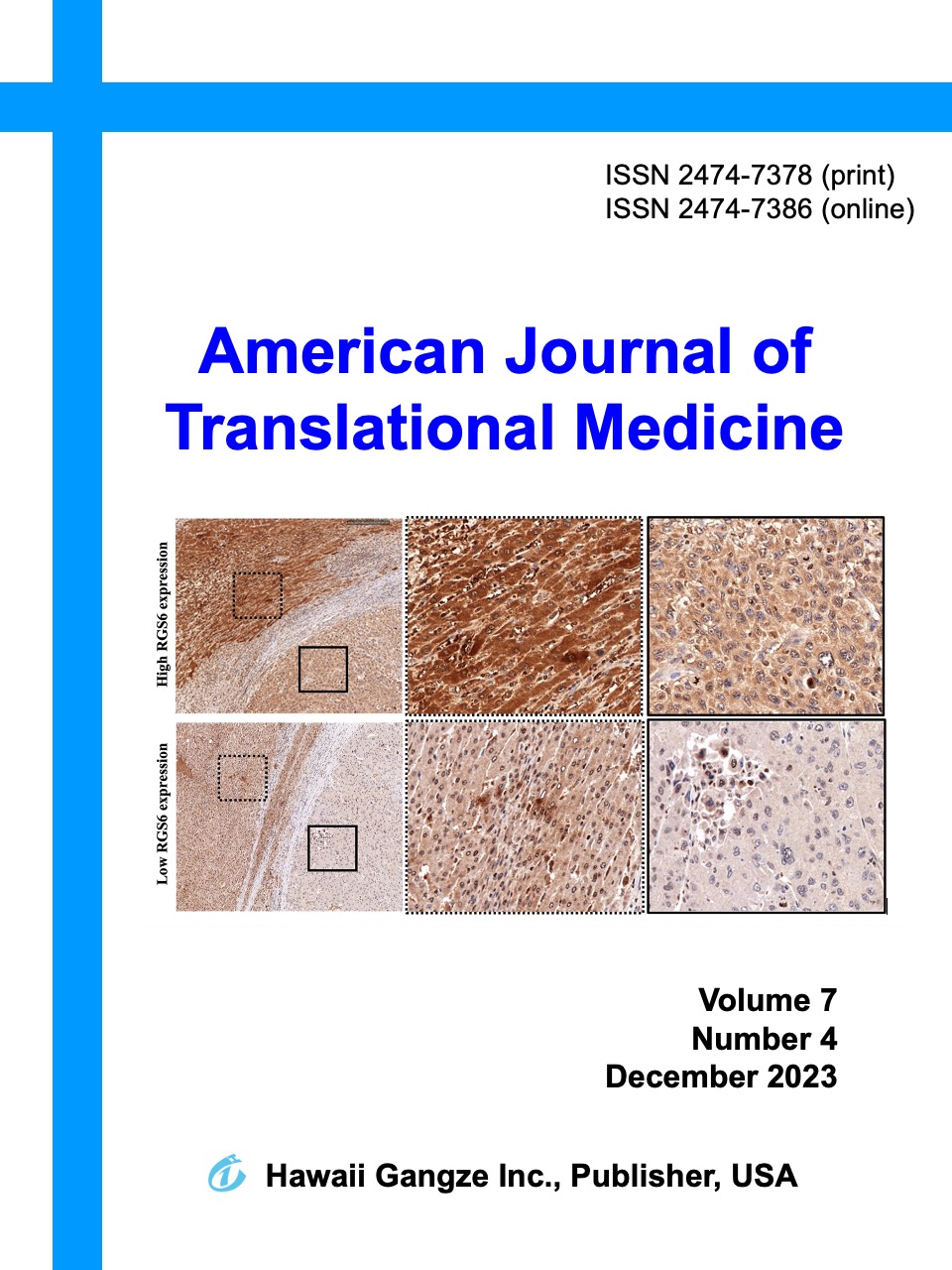Abstract
An adult male diagnosed with Loeys-Dietz syndrome suffered an acute cerebral infarction in the right lateral bulbus medulla. Subsequent examination with computed tomography angiography revealed an intracranial fusiform aneurysm in the left vertebral artery. Conservative treatment was initially administered, and the patient’s neurological status improved until one month post-cerebral infarction when a sudden worsening headache occurred. Digital subtraction angiography revealed severe proximal tortuosity of the parent artery, indicating that coiling or clipping may have caused the aneurysm to rupture. After a rigorous preoperative hemodynamic evaluation, the patient successfully received endovascular treatment using flow diversion. During the nine-month follow-up, the patient achieved complete occlusion of the aneurysm and reconstruction of the parent artery without in-stent stenosis or repatency. This case suggests that flow diversion may be a safe and effective treatment option for such patients. Furthermore, high-resolution magnetic resonance imaging may provide valuable information on low wall shear stress and parent artery reconstruction during follow-up.

